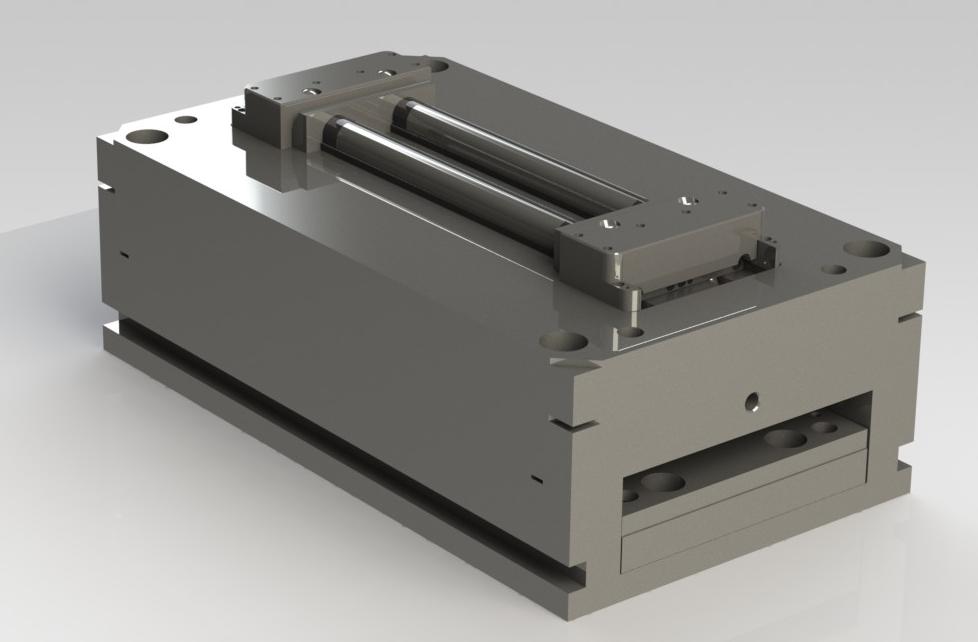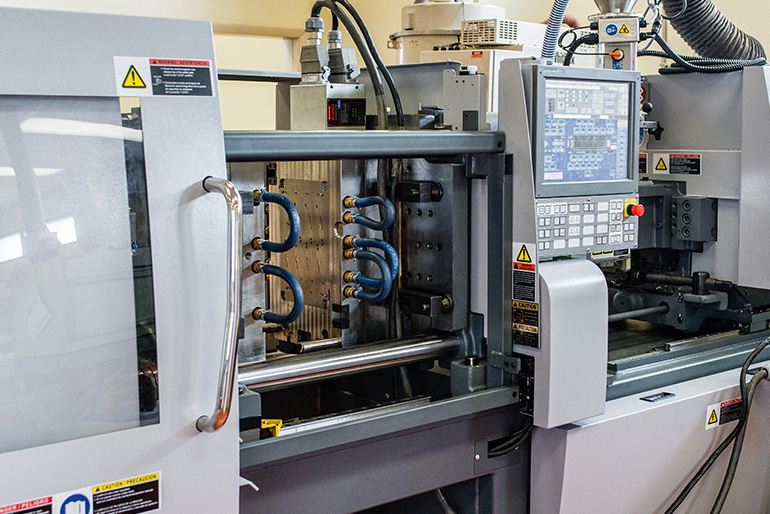Understanding the Plastic Injection Molding Refine for High-Quality Production
Understanding the Plastic Injection Molding Refine for High-Quality Production
Blog Article
Recognizing the Basics of Plastic Shot Molding Processes
Plastic injection molding offers as a keystone of modern-day manufacturing, providing a methodical approach to producing intricate parts with accuracy. Discovering these important elements could reveal exactly how even minor adjustments can lead to significant improvements in production end results, elevating inquiries about the potential for innovation in this established procedure.
What Is Plastic Shot Molding?
Plastic injection molding is an extensively used manufacturing procedure that transforms thermosetting and polycarbonate materials right into exact and complex forms. This strategy is favored for its capacity to produce high quantities of similar components with outstanding precision, making it a vital technique in various sectors, including auto, durable goods, and clinical devices.
The process entails thawing the picked plastic material and injecting it into a mold and mildew under high pressure. The mold and mildew, made to the specs of the desired part, permits the liquified plastic to materialize as it cools down and solidifies. As soon as the product has solidified, the mold is opened up, and the finished element is expelled.
Plastic injection molding supplies several advantages, including minimized waste, consistency in production, and the capability to integrate complex layouts that may be challenging with other manufacturing approaches. Furthermore, it sustains a wide series of materials, each supplying special residential properties that can be tailored for specific applications. As industries proceed to innovate, plastic injection molding remains at the forefront, enabling the advancement of sophisticated products that meet evolving consumer demands.
The Injection Molding Process
The shot molding process is an advanced method that includes numerous crucial phases to create top quality plastic elements. At first, plastic pellets are fed into a warmed barrel where they are melted right into a viscous liquid. This molten plastic is after that injected under high pressure into a precision-engineered mold and mildew, which shapes the material right into the preferred type.
Once the mold is loaded, the plastic is permitted to cool down and solidify, taking the form of the mold and mildew cavity. Air conditioning time is essential, as it affects the cycle time and the last homes of the molded component. After enough cooling, the mold opens up, and the completed component is expelled utilizing ejector pins.

Materials Made Use Of in Shot Molding
Numerous materials can be utilized in the shot molding procedure, each offering unique residential or commercial properties that deal with details applications. One of the most generally used materials include thermoplastics, thermosetting plastics, and elastomers.

Thermosetting plastics, like epoxy and browse this site phenolic materials, go through a chemical change during the healing procedure, leading to an inflexible, inflexible framework. These materials are excellent for applications needing high warmth resistance and structural stability, typically made use of in electrical insulators and vehicle components.
Elastomers, including silicone and rubber-based products, offer adaptability and strength. Their distinct buildings make them appropriate for applications that require flexibility, such as seals and gaskets.
Furthermore, specialty materials like bio-based plastics and compounds are obtaining traction for their environmental advantages and boosted performance characteristics, expanding the extent of injection molding applications in various industries. Comprehending the residential or commercial properties of these materials is vital for selecting the proper kind for specific projects.
Advantages of Injection Molding
Shot molding sticks out as a very reliable production process that offers numerous advantages for producing complicated parts with accuracy. One of one of the most substantial advantages is the capability to develop detailed layouts that would certainly be impossible or challenging to achieve with various other methods (Plastic Injection Molding). The process permits limited resistances and in-depth functions, ensuring high-grade parts
In addition, shot molding is understood for its fast production capacities, making it an ideal choice for high-volume production. When the mold is produced, components can be produced promptly, minimizing lead times and increasing overall performance. This effectiveness not only reduces production prices however also supplies a competitive side in the market.
The versatility of products used in injection molding better improves its charm. A wide array of thermoplastics and thermosetting polymers can be employed, permitting manufacturers to select products that best fulfill their details demands, consisting of strength, adaptability, and warm resistance.
Additionally, the process reduces waste, as excess material can usually be recycled and recycled. This sustainability facet adds to a minimized ecological impact, making injection molding an accountable manufacturing selection. On the whole, the benefits of shot molding make it a preferred technique for several industries.
Elements Influencing Product Quality
While various factors can influence product high quality in injection molding, recognizing these elements is important for attaining optimum outcomes. Key elements consist of material choice, refining criteria, and mold and mildew layout.
Product option plays a vital role, as different polymers display unique buildings that affect flowability, toughness, and thermal security. Poor material selection can result in problems such as warping or insufficient dental filling.
Handling specifications, consisting of cycle, temperature level, and stress time, should be thoroughly controlled. Variations in these setups can cause variances partly dimensions and surface coating. As an example, exceedingly heats might cause degradation of the polymer, while poor pressure can cause short shots.
Mold design is just as crucial, as it identifies the circulation of the molten plastic and the cooling process. Poorly created molds might cause uneven air conditioning prices, leading to dimensional errors and recurring stresses.

Verdict
Finally, plastic shot molding works as an important production procedure that makes it possible for the reliable manufacturing of high-grade parts. Proficiency of the shot molding procedure, including the understanding of materials and the influence of numerous variables on item top quality, is important for achieving optimal outcomes. The advantages of this approach, such as cost-effectiveness and design adaptability, more underscore its value throughout several markets, solidifying its condition as a recommended selection for high-volume production.
Plastic shot molding offers as a foundation of modern production, supplying a methodical approach to generating complicated components with precision.Plastic injection molding supplies a number of advantages, including decreased waste, consistency in manufacturing, and the ability to incorporate complex designs that might be testing with other producing techniques (Plastic Injection Molding). As sectors proceed to innovate, plastic injection molding remains at the center, allowing the development of advanced items that satisfy evolving customer demands
The shot molding process is an innovative technique that entails a number of key phases to produce top notch plastic components.In verdict, official site plastic injection molding offers as a crucial production procedure that allows the reliable production of top notch parts.
Report this page